- No products in the cart.
(1935) Still Life with Guitar and Tray of Fruit – original graphical sheet bound into bibliophilia no. 341
Emil Filla
Etching combined with aquatint, 1935 size12,5×17,5cm, Signed right bottom: Emil Filla
Popis
Etching combined with aquatint, 1935 size12,5×17,5cm, Signed right bottom: Emil Filla
The highest achieved price for oil on canvas by Emil Filla on the Czech auction market: 19.5 million CZK, Adolf Loos Apartment and Gallery, Prague, 2010
The highest achieved price for oil on canvas by Emil Filla on the world auction market: 588 thousand €, Sotheby’s, 2011
In many Filla´s still lives, the notes and musical instruments appear, usually complemented by bottles of alcohol, wine, rum, liquor, but also glasses, pipes or fruit. The music belongs to sensual and spiritual delights just like the tasty food or drink.
This graphic folio Still Life with Guitar and Tray of Fruit is a variation of the oil from the year 1928 Still Life with Guitar and Tray from the collection of the Museum of Fine-Art in Olomouc. In both artworks, the musical attributes (the guitar and the stave) are exemplarily connected with the taste delight from the juicy ripe fruit. However, the musical instrument does not need to have exclusively the connotations of the sense delight of hearing. This dominating guitar in the still lives gets the strange anthropomorphic features, as if a female figure was enchanted into the musical instrument.
The graphic technique, by its natural material behaviour, enabled Filla – mainly in the still lives – to apply and develop his style and the method based on the simultaneous perception. The whole space of the image is unified into one pure flat warp, which is substantiated in a matter-of-fact way by the desk of the table, visible from the direct perspective. The graphic variant of the Still Life with Guitar enabled the artist to capture and preserve the aesthetic influence of this new way of depiction in a simple and pure way. The etching superimposes in multiple layers the soft brocade texture by the etching lines, frosty with darkness, the aquatint pours the soft shadows in deep space transparencies and gives them a deep echo. The technique that the artist chose for this still life enabled him not only to express the objective side of the depicted things, but to reveal their hidden rhythms and intimate sides in the same time.
Bibliography:
Vojtěch Lahoda: Emil Filla, Academia Praha 2007, pages 406, 415.
Čestmír Berka: Emil Filla, grafické dílo, Odeon 1968, pages: 30-31, 270.
Další informace
| Autor | |
|---|---|
| Období | |
| Místo vzniku | |
| Rok vzniku | |
| Kategorie | |
| Technika | |
| Téma | |
| Signováno | |
| Rozměr díla | 30.5 x 47.5 cm, ⤢ 56.4 cm |
| Rozměr kresby díla | 12.5 x 17.5 cm |
Pro přidávání recenzí se musíte nejdříve přihlásit.

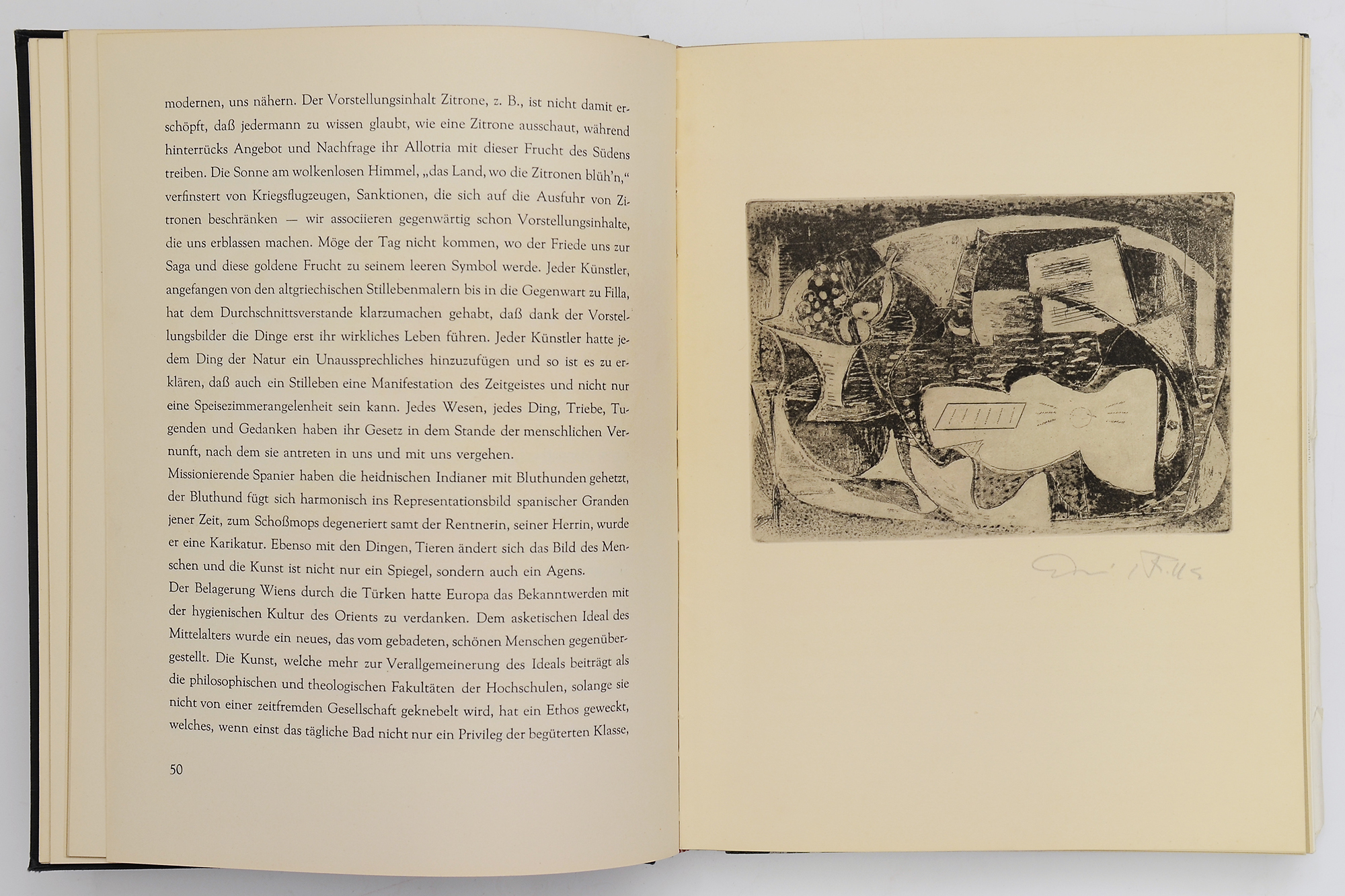

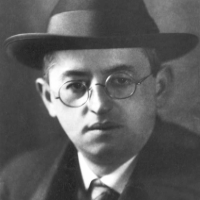

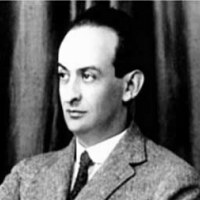


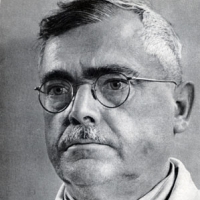
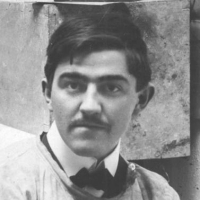
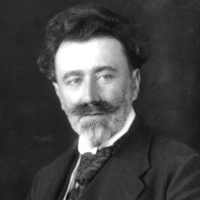
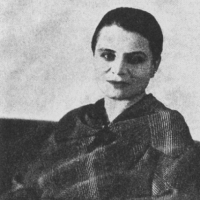
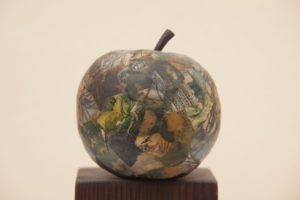
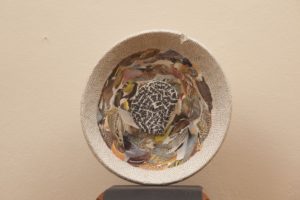




Recenze
Zatím zde nejsou žádné recenze.